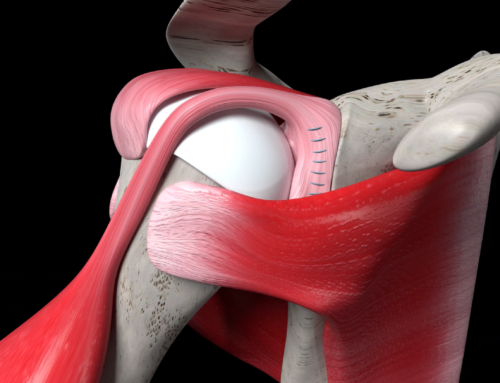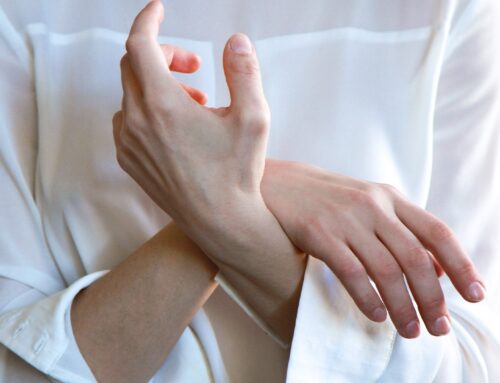Your knee is the largest joint in the body. It is also the most susceptible to osteoarthritis. In fact, millions of people suffer from knee pain and stiffness. Therefore, understanding knee osteoarthritis and how it develops will help relieve knee pain.
Your knee sits at the meeting place of the femur and tibia. Your kneecap, or patella, slides along the base of the femur. Knee osteoarthritis is defined as the breakdown of cartilage in the joint. As this occurs, swelling and inflammation develop. This leads to pain and stiffness.
After injuring your knee it’s common for it to become arthritic. However, it also may occur from wear-and-tear. Low-grade chronic inflammation in the body can also cause this. Additionally, joint biochemistry can contribute to osteoarthritis too.
Understanding Knee Osteoarthritis and Cartilage Breakdown
The tibia and femur have rounded areas of bone, called condyles. They are situated in the knee joint. When you bend your knee, these move against each other. Within this area are two types of cartilage.
- Articular cartilage. This is smooth and strong and covers the ends of the condyles. Therefore, reducing friction as the knee bends and straightens.
- Meniscus. This is a thick piece of cartilage sitting between the two bones. It is the knee’s shock absorber.
An additional layer of articular cartilage sits under the patella. Therefore, helping it to move smoothly.
Damage to the articular cartilage is the first sign of osteoarthritis. A damaged meniscus is considered different. But, the two are connected in terms of knee osteoarthritis.
Changes in the Knee
Osteoarthritis changes artificial cartilage. As this happens, changes to the bones occur too. Imaging and x-rays are required to see this. The changes bones go through include:
- Osteophytes. Also called bone spurs, these develop at the joint. Spurs are painless, but they cause friction. This increases inflammation and pain.
- Subchondral bone sclerosis. The surfaces of the leg bones sitting below the cartilage change. Then hardening (aka subchondral bone sclerosis.)
- Bone lesions and cysts. The bone can develop cysts. Abnormal swelling, or lesions, can also form. These can both cause knee pain.
Treatment to Prevent Further Degeneration
Stiffness and pain are the first signs of osteoarthritis. Treatment can slow the progression of the disease. However, without it, degeneration will continue to get worse. Knee cartilage can become too thin and disappear. There are different treatment options. Your doctor can help evaluate the best course based on severity and lifestyle.
Understanding Knee Osteoarthritis is Key Since There May be No Symptoms
Osteoarthritis doesn’t always cause symptoms. In fact, there can be many reasons for your aching knee. Also, you can have knee degeneration without pain. Symptoms can be unpredictable at all stages of the disease. Bone on bone osteoarthritis can have mild or no symptoms. So, it is crucial to pay attention to any changes in your knees, and understanding knee osteoarthritis is key.
Are you experiencing knee osteoarthritis and having a hard time understanding what you should be doing? Look no further! Our expert staff is here to help. We can help guide you from pain management to surgical intervention and even through the healing process with physical therapy. Call us at 888-409-8006.







Leave A Comment